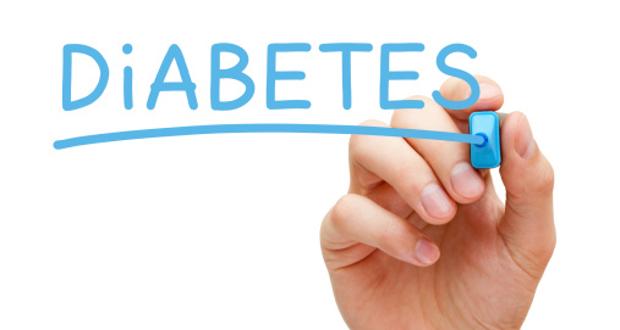Save your life by identifying the signs and symptoms of diabetes. This condition is better to treat and manage if it is caught early. There are two forms of diabetes: Type I and Type II. With each type of disease, the symptoms differ in each person, but you can recognize a few of them on your own.

- What Is Diabetes and How Serious Is It?
Diabetes mellitus (DM) is a disease of the metabolism that affects blood sugar levels and insulin production in the body. People who develop diabetes are more likely to feel thirsty or hungry often, urinate frequently and feel tired often. They may also have blurred vision and frequent infections. However, during the first stages of the disease, it is common for many people to present no symptoms at the doctor’s office.
- Type I Diabetes Symptoms
The first major sign of Type 1 diabetes is the development of diabetic ketoacidosis (DKA). The various symptoms are dry skin, breathlessness, vomiting, nausea and abdominal pain. Also known as juvenile diabetes, this condition occurs when the body does not produce enough insulin. The pancreas destroys insulin-creating cells, which leads to the increase of glucose in the body.
People with this condition have to self-administer shots of insulin into the body. With insulin therapy, they are allowed to live normally and prolong their lives.
- Type II Diabetes Symptoms
Type II diabetes occurs when the body resists its own production of insulin. The main cause is an excessive consumption of sugar that comes from a poor diet and lack of exercise. Most cases of diabetes involve the type II condition that occurs in the later years of adulthood.
Treating this condition involves changing diet and exercise to reduce blood sugar levels. In addition to reducing the consumption of sugar, it may be necessary to inject more insulin into the body.
- Serious Complications
In either type of diabetes, there is a risk of reaching the hyperosmolar hyperglycemic state (HHS). This serious, life-threatening complication could lead to a coma or death if left untreated. People afflicted with this condition may have seizures, shakes, slowed movements and loss of consciousness.
People can receive a proper diagnosis of HHS through a blood test. Treatments include ingesting fluids to remove dehydration, injecting insulin to lower blood sugar levels and managing other symptoms of the disease, such as infections.
If diabetes progresses a great deal, it could lead to other serious complications, such as a stroke or cardiovascular disease. Chronic kidney failure is another issue caused by diabetic nephropathy.
Diabetes is known to cause eye damage when the lens absorbs some of the glucose. Diabetic retinopathy occurs when blood vessels of the retina become damaged. Over time, the vision worsens and could cause blindness.
- The Identification of Symptoms
Many diabetes symptoms develop over a long period of time, but it is possible to catch them early. Undergoing a physical at the doctor’s office will catch a few symptoms. The doctor can take a blood test to check the levels of glucose in the body. He can administer a glucose tolerance test that takes an average of two hours to complete.
With the patient’s knowledge and the doctor’s resources, it is possible to detect diabetes based on its early symptoms. If you feel like your body is changing, and you are not engaged in an active, healthy lifestyle, you may be developing diabetes. Having the knowledge is the first step to creating a proper management plan.






























No Comments
Leave a comment Cancel